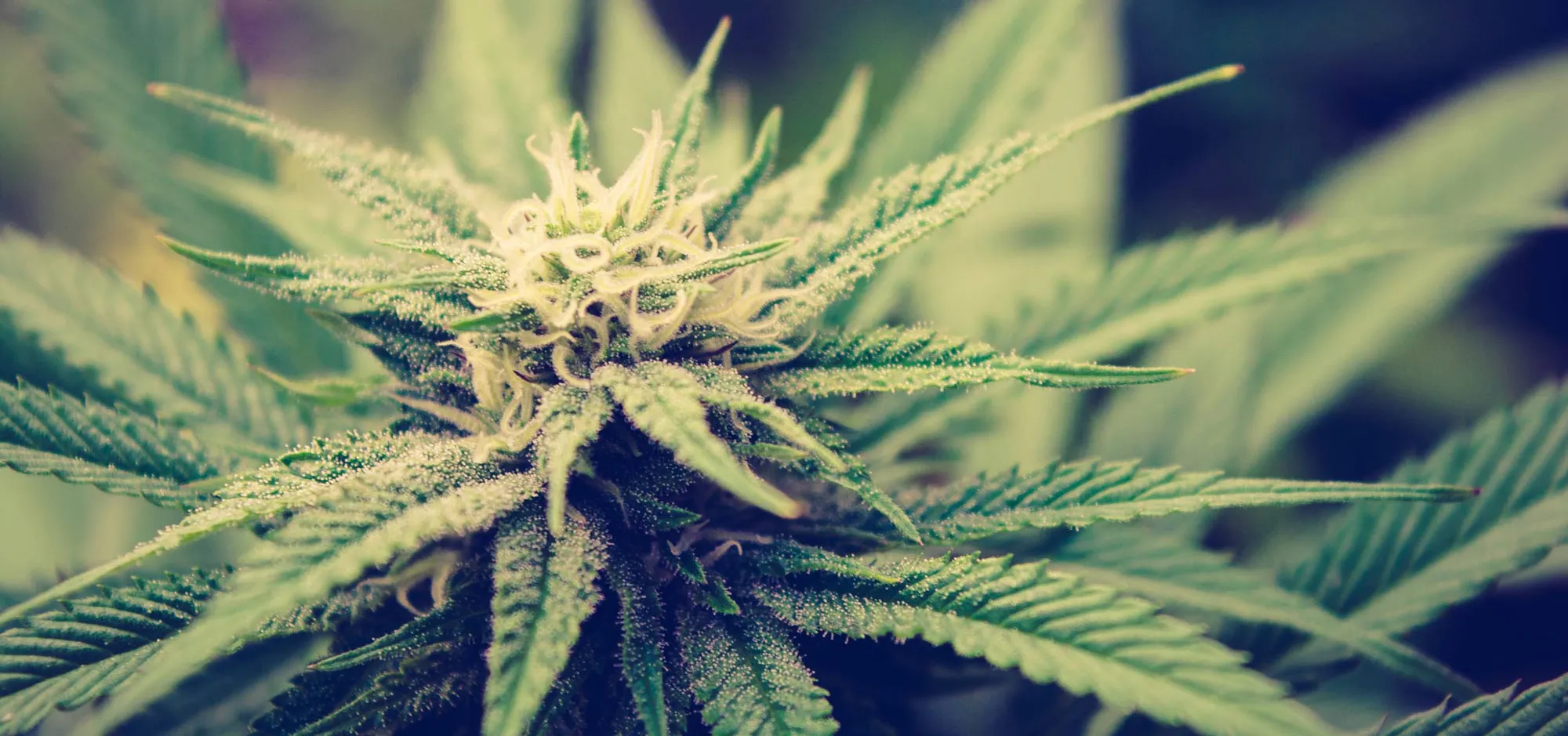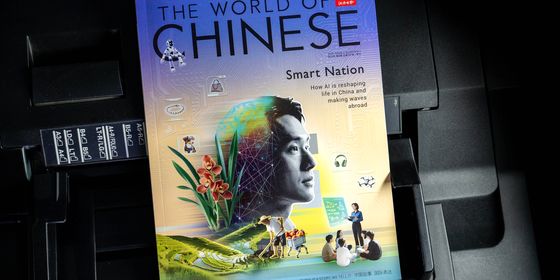China’s booming hemp industry has global aspirations
Though there are many industries where China now commands a leading presence, cannabis production probably isn’t the first that comes to mind.
The South China Morning Post recently shone a light on the relatively low-key hemp industry, and how China now accounts for approximately half of the world’s legal hemp production: The stems are used in fabrics, leaves are used in medicine, and seeds produce oil which becomes a food ingredient.
It’s not legal everywhere in China, but where it is, it’s lucrative. A hemp field reportedly nets about 10,000 RMB per acre, compared to just a few thousand RMB per acre of corn. Heilongjiang and Yunnan provinces make up the key growing areas, but an underground market for illicit hemp is also reportedly thriving in locations where enforcement is lax.
World Intellectual Property Organization figures indicate that over half of the world’s 600 cannabis patents are held in China. In 2014, Quartz reported that Chinese companies were anticipating a growing market, amid increased legalization overseas, and listed a number of related patented products, including a cannabis drink designed to help relax the bowels, and various Traditional Chinese Medicine (TCM) treatments.
Cannabis has long had a presence in TCM. A report published this year in the US National Center for Biotechnology Information analyzed texts dating back over several millennia, trying to discern the ways in which cannabis was used for health treatments. It found that the seeds have been used in medicine for at least 1,800 years—primarily as a laxative.
In regard to the more popular use of cannabis today, the report found that “further research is needed to probe whether the medical applications of cannabis in ancient Chinese literature may relate to non-psychoactive cannabinoids such as cannabidiol (CBD), which may have been present in ancient fiber biotypes as well as drug biotypes.”
This suggested that it’s possible the ancient Chinese used strains of cannabis that were not conducive to getting high—the chemical compound responsible for that is tetrahydrocannabinol, or THC—but still contained active drug ingredients, such as CBD, which many now claim now help with an impressive range of ailments, from insomnia to depression, Alzheimer’s to rheumatism.
Chinese use of hemp for non-medicinal purposes goes back even further, with evidence to indicate that it was used in some of the earliest forms of paper in the Shang dynasty, around 3,400 years ago.
Today, there are several big players advocating further research into the drug properties of cannabis, and plenty of good reasons why that research should continue. Tan Xin, president of the Hemp Investment Company, told the SCMP that his company was working with the People’s Liberation Army to develop a drug for treating post-traumatic stress disorder.
“High Ambitions” is a story from our issue, “Cloud Country”. To read the entire issue, become a subscriber and receive the full magazine. Alternatively, you can purchase the digital version from the iTunes Store.












